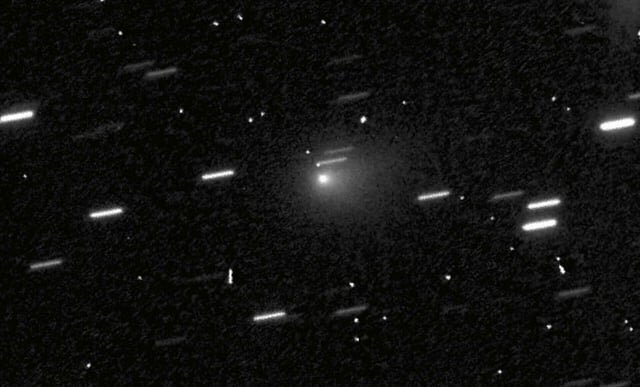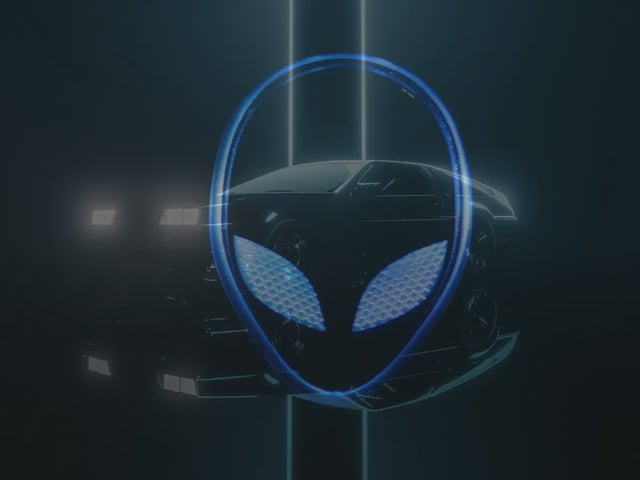Overview
- NASA’s SPHEREx and IRTF observations detect strong carbon dioxide emission and a broad, carbon‑rich coma surrounding 3I/ATLAS.
- Hubble imagery confirms an active coma as the object warms, with current brightness likely dominated by surrounding dust rather than the nucleus.
- Most astronomers interpret the object as a natural comet, while Avi Loeb promotes a technosignature hypothesis and assigns it a 4 out of 10 on his own scale.
- The object is on a hyperbolic trajectory at roughly 61 kilometers per second and is expected to pass about 210 million kilometers from the Sun later this year before exiting the solar system.
- Its closest approach to Earth is projected near 270 million kilometers and could be obscured from direct view, making observation primarily a task for equipped telescopes.


